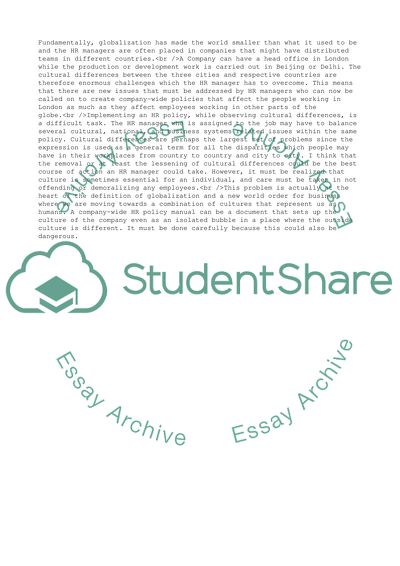Cite this document
(HRM and Cultural Differences Assignment Example | Topics and Well Written Essays - 3250 words, n.d.)
HRM and Cultural Differences Assignment Example | Topics and Well Written Essays - 3250 words. https://studentshare.org/management/1704228-hrm-and-culture
HRM and Cultural Differences Assignment Example | Topics and Well Written Essays - 3250 words. https://studentshare.org/management/1704228-hrm-and-culture
(HRM and Cultural Differences Assignment Example | Topics and Well Written Essays - 3250 Words)
HRM and Cultural Differences Assignment Example | Topics and Well Written Essays - 3250 Words. https://studentshare.org/management/1704228-hrm-and-culture.
HRM and Cultural Differences Assignment Example | Topics and Well Written Essays - 3250 Words. https://studentshare.org/management/1704228-hrm-and-culture.
“HRM and Cultural Differences Assignment Example | Topics and Well Written Essays - 3250 Words”. https://studentshare.org/management/1704228-hrm-and-culture.


